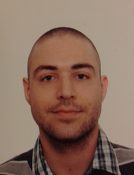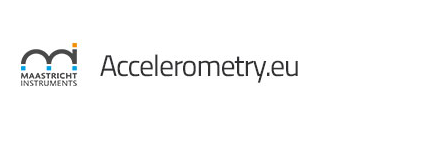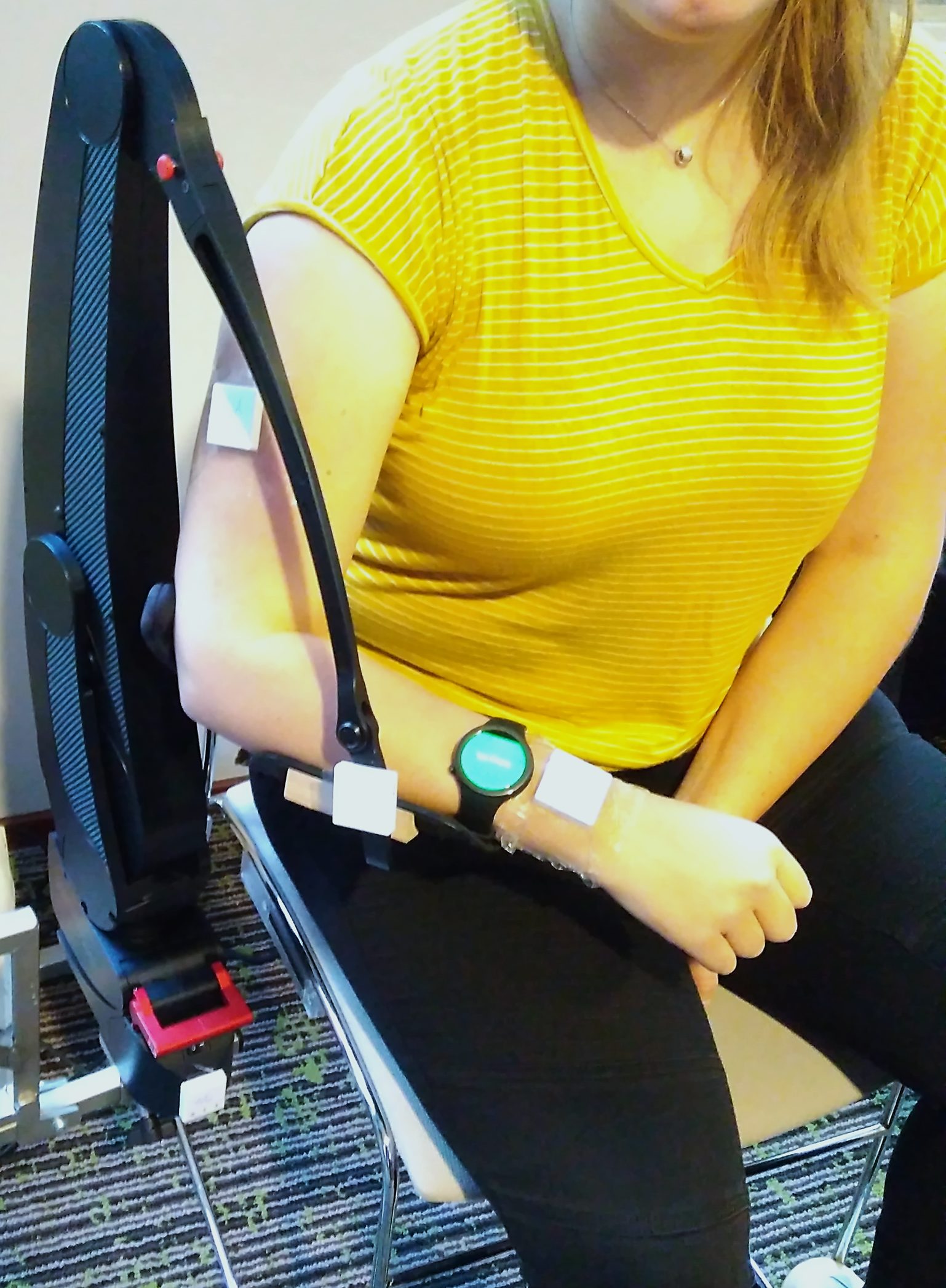The goal of arm support devices in people with muscle dystrophy is to support them during activities of daily life (ADL); however the use of the affected arm and the change in their performance of everyday tasks is not well investigated.
Muscular Dystrophy (MD) is a progressive muscle wasting disease which leads to a functional decline or impairment where the affected individual eventually loses the ability to walk or fully use their arms. Due to the progressive nature and the relative long life expectancy of most forms of MD, activities of daily living (ADL) becomes increasingly difficult to perform. Currently there is no cure available, and while training proves to be effective in slowing down the process of muscle wasting, the decrease in muscle strength and functionality is nonetheless persistent.
Many individuals with MD depend on assistive technology to support them during ADL, e.g. a (electrical) wheelchair and dynamic arm support. Lower arm support devices may be used to partially compensate for muscle weakness and restore a degree of functionality. However, the transition from training provided in the clinic setting with the goal of promoting movement functionality (what they can do) to the performance of ADL in the home environment (what they actually do) is relatively unknown.
An Approach
A step towards understanding whether assistive arm support device promotes the use of the arm in real-world environment is to identify the extent of support device usage. For this purpose, a method which objectively and accurately distinguishes arm motions that are executed with the support device (‘use’) from those executed without the support device (‘non-use’) needs to be devised.
Motion can be measured with accelerometers, where the integrated value of the movement through acceleration is translated to the amount of activity. Placing an accelerometer on the support device and lower arm of the user allows a distinction between ‘use’ and ‘non-use’. Furthermore, an additional accelerometer attached to the upper arm allows further detailed analyses of the movement and can provide extra useful information, such as the type of activity that was performed. With this, activities such as lifting an arm or bringing the hand to mouth can be determined. Therefore, functional information can be associated with the amount of activity that was performed.
The Study
This method is currently being explored by a research group at the University of Maastricht, in collaboration with the University of Groningen and University of Twente, where people with MD are using the MOX accelerometers to investigate the extent of support device usage. The aim is to better understand the type and amount of activity users perform in order to further develop these devices. Consequently, the research group is developing algorithms to identify ‘use’ and ‘non-use’ across a wide range of activity types. This approach targets a population where a relatively low amount of activity is expected, in which muscle weakness can be a barrier to physical activity.
For more information about this study, please contact:

Hans Essers
PhD Student – Human Movement Sciences
NUTRIM School of Nutrition and Translational Research in Metabolism,
Maastricht University Medical Centre +, The Netherlands
About the research group:
Dr. Kenneth Meijer
Associate Professor – Human Movement Sciences
NUTRIM School of Nutrition and Translational Research in Metabolism,
Maastricht University Medical Centre +, The Netherlands
Dr. Alessio Murgia
Assistant Professor – Center for Human Movement Sciences
University Medical Center Groningen, The Netherlands
Dr. Arjen Bergsma
PostDoc – Department of Biomechanical Engineering
University Twente, The Netherlands
Hans Essers
PhD Student – Human Movement Sciences
NUTRIM School of Nutrition and Translational Research in Metabolism,
Maastricht University Medical Centre +, The Netherlands
Anneliek Peters
Research Assistant – Center for Human Movement Sciences
University Medical Center Groningen, The Netherlands

